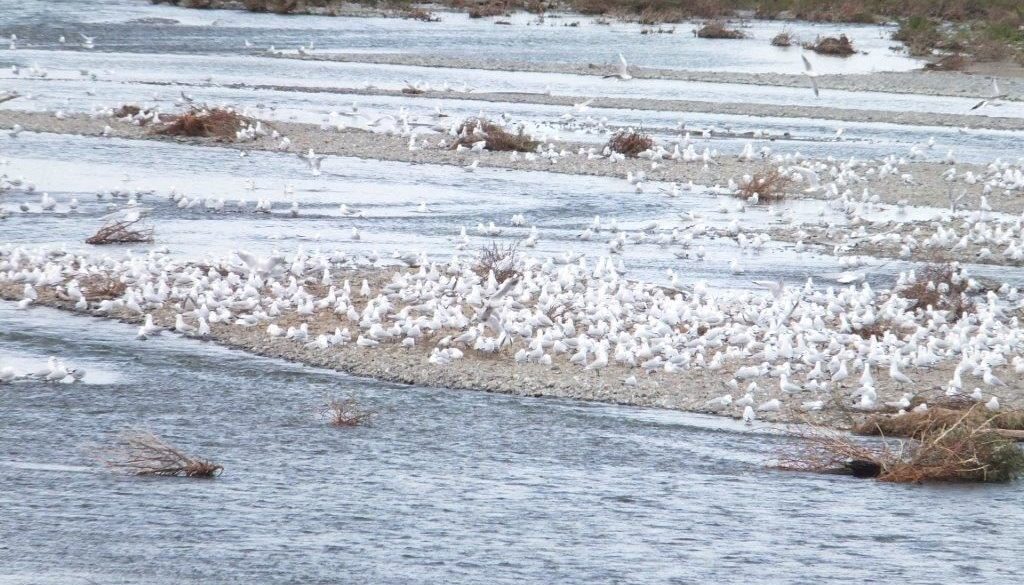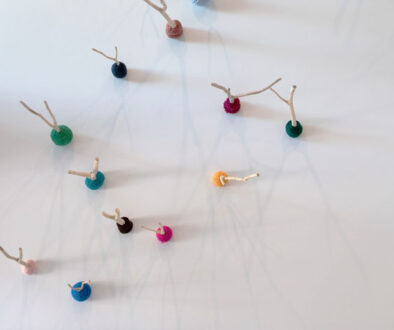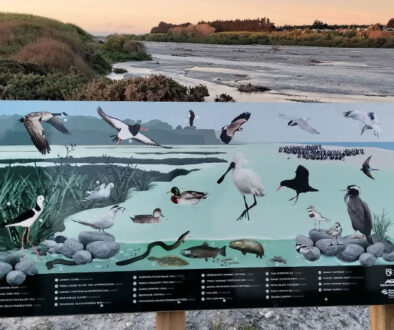Black Billed Gulls return to the Ashburton River 2015
Sitings of the critically endangered black billed gull have been reported in the district since early August. They migrated from the North Island and coastal areas where they winter over.
The gulls have been foraging in at Hakatere River mouth where tiny smelt, whitebait and invertebrates help build up condition ready for breeding. Some have been seen in the domain, and feeding in rural areas and on Lake Hood.
This week a large number of gulls returned to last year’s colony site. There appears to be about 3000 birds already congregating on small areas of clear shingle near the State Highway One Bridge.
Expanses of exposed shingle on braided rivers is the preferred habitat for this endemic (only found in New Zealand) gull. Unfortunately the site where they are gathering this week is not ideal for a large colony such as we saw last year. There has been prolific growth of lupins, which has considerably reduced the exposed shingle suitable for nesting.
As well at this time of the year freshes and floods, while helping to clear the weeds, can wash through a colony and cause the gulls to abandon their nests.
ECan is currently carrying undertaking a predator control programme at in the Ashburton River, which is important wherever vulnerable species live. Unfortunately the lupins are a hiding place for these predators.
The black billed gull have the same critically endangered status as kiwis because their numbers are in serious decline.
Forest and Bird will continue to monitor the progress of the gulls through their nesting season with help from BRaid (braided river aid), Ecan, ADC, and DOC. Endangered Bird signs will be erected soon and access recommendations will be publicised once the colony settles.




